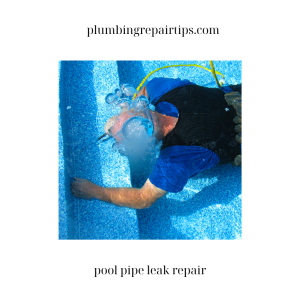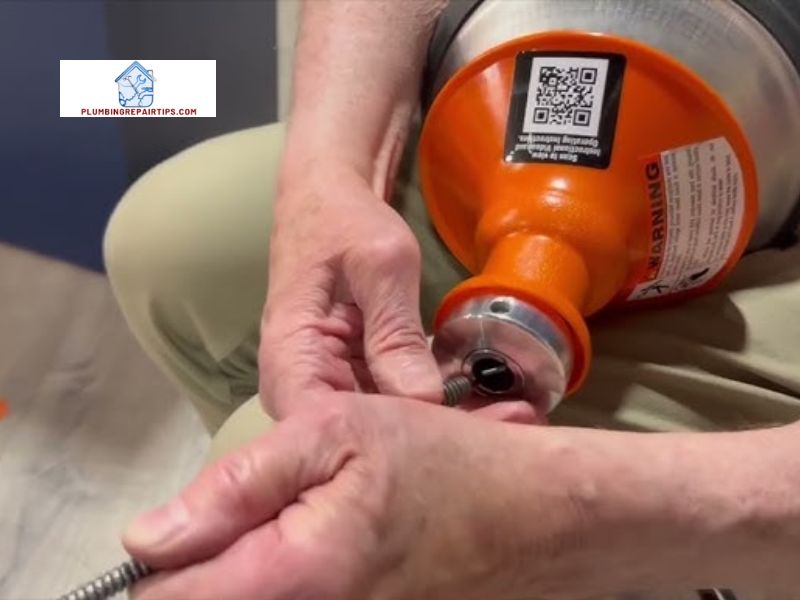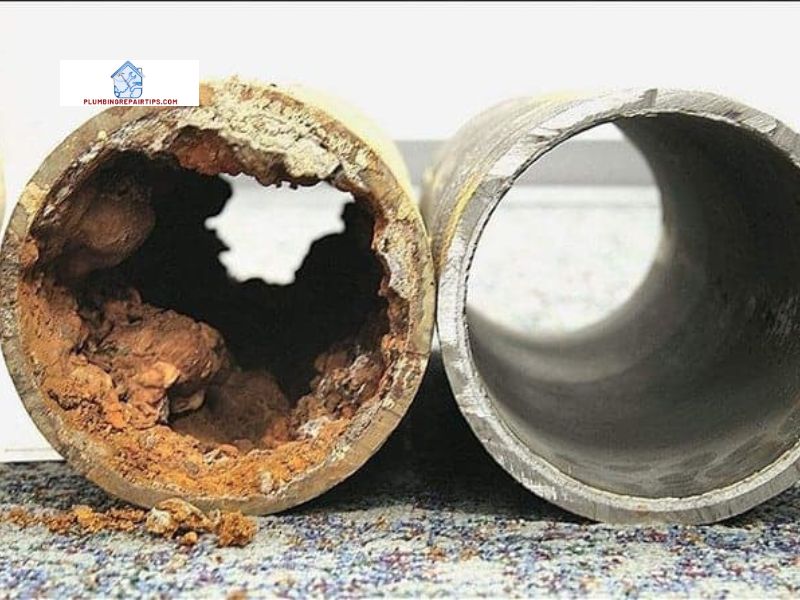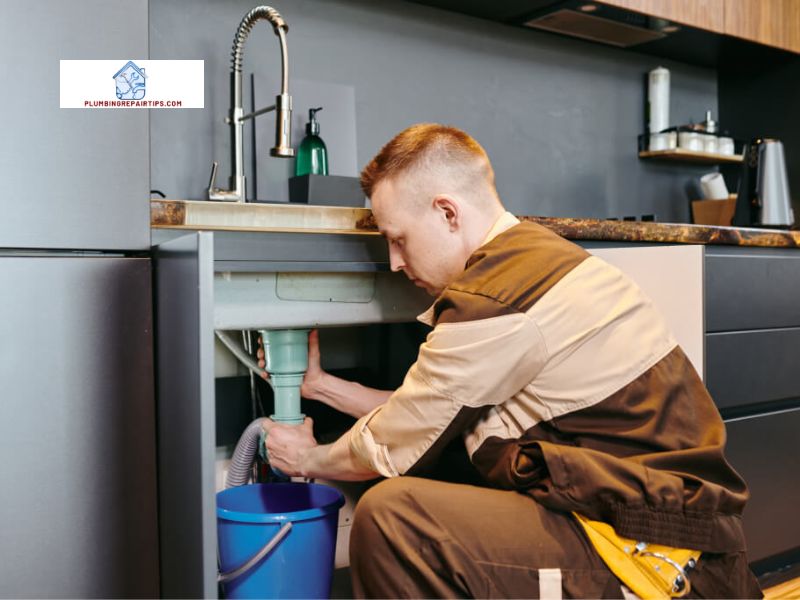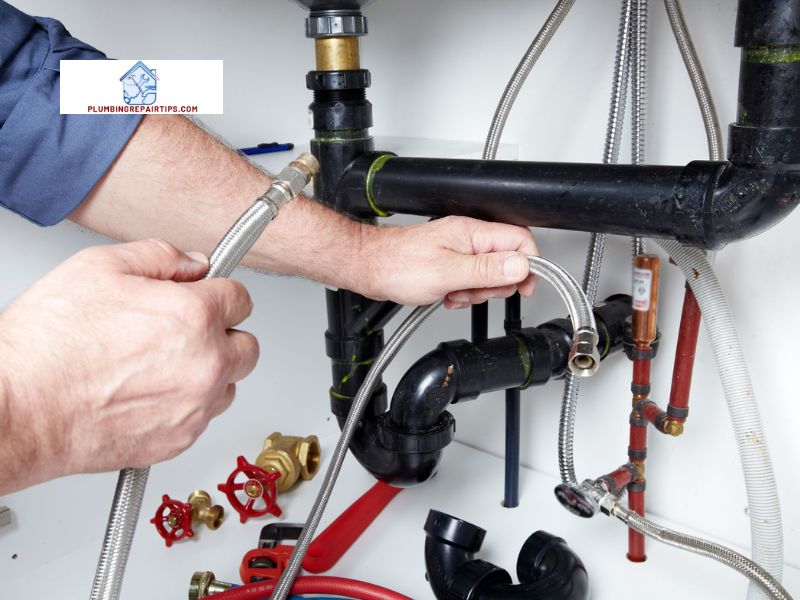Introduction

Welcome, fellow homeowner! Have you ever encountered the frustrating issue of a frozen drain pipe? Don’t worry; you’re not alone. In this comprehensive guide, we’ll explore the ins and outs of a frozen drain pipe, uncover the root causes, and delve into the importance of addressing this problem promptly.
A. Definition of a frozen drain pipe
Imagine waking up on a chilly winter morning, only to discover that your drains are not working properly. This is often a sign of a frozen drain pipe, which occurs when the water inside the pipe solidifies due to freezing temperatures. When this happens, blockages and restrictions in the flow can wreak havoc on your plumbing system.
B. Common causes of drain pipe freezing
Now, let’s unravel the mystery behind why drain pipes freeze. One primary cause is inadequate insulation, leaving exposed pipes vulnerable to the frigid air. Additionally, poor ventilation or lack of heat circulation in certain areas can contribute to this predicament. Furthermore, external factors such as extreme weather conditions and sudden temperature drops can also play a role in freezing drain pipes.
C. Importance of addressing a frozen drain pipe promptly
Addressing a frozen drain pipe promptly is crucial to prevent further damage and inconvenience. Ignoring this issue can lead to burst pipes, extensive water damage, and costly repairs. Moreover, a frozen drain pipe can disrupt your daily routines and create unhygienic conditions due to stagnant water and unpleasant odors.
As responsible homeowners, it’s essential to take immediate action when faced with a frozen drain pipe. Join me as we explore effective prevention methods, safe thawing techniques, and common mistakes to avoid in our quest for a smoothly functioning plumbing system. So, let’s dive in and put an end to the frozen drain pipe dilemma together.
Stay tuned for Section 2, where we’ll uncover the signs and symptoms of a frozen drain pipe.
Signs and Symptoms of a Frozen Drain Pipe
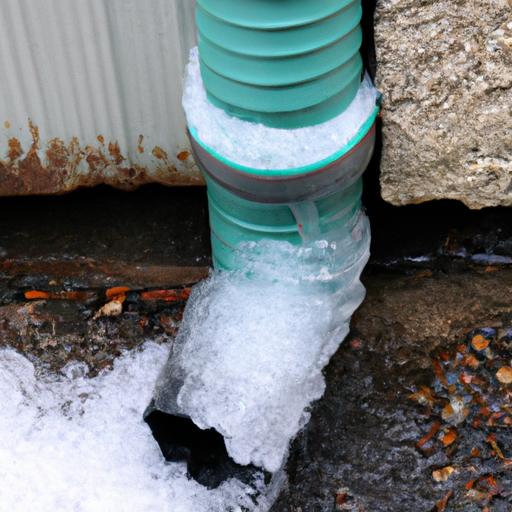
Are you unsure whether your drain pipe is frozen or just experiencing a minor glitch? Let’s unravel the signs and symptoms that indicate a frozen drain pipe, allowing you to take immediate action.
A. Slow or clogged drains
One of the primary indicators of a frozen drain pipe is the slowing or complete blockage of water drainage. If you notice water taking longer than usual to drain or if it’s not draining at all, it’s a clear sign that your drain pipe may be frozen. This occurs because the frozen water impedes the smooth flow through the pipes, causing backups and clogs.
B. Unpleasant odors
Have you recently noticed foul odors emanating from your drains? This could be another sign of a frozen drain pipe. When a pipe freezes, any trapped organic matter or waste inside can decompose and produce unpleasant smells. If you detect unusual odors, especially during colder months, it’s crucial to investigate the possibility of a frozen drain pipe.
C. Gurgling sounds in the plumbing system
Has your plumbing system been making strange gurgling sounds lately? These peculiar noises can be attributed to a frozen drain pipe. As the frozen water blocks the normal flow, air bubbles may form and create gurgling sounds within the pipes when water attempts to pass through. Pay attention to these auditory cues as they can be an indication of a frozen drain pipe.
By recognizing these signs and symptoms, you can take swift action to address a frozen drain pipe before it escalates into a more severe issue. In the next section, we will explore effective prevention methods to safeguard your drain pipes from freezing. Stay tuned!
Prevention Methods for Frozen Drain Pipes
When it comes to preventing the dreaded frozen drain pipe, a proactive approach is key. By implementing these effective prevention methods, you can safeguard your plumbing system and avoid the hassle and expense of dealing with frozen pipes.
A. Insulation of exposed drain pipes
One of the most effective ways to prevent drain pipes from freezing is to insulate any exposed pipes in your home. This insulation acts as a protective barrier, preventing the cold air from reaching the pipes and causing them to freeze. You can use foam pipe sleeves or insulation tape to wrap around the pipes, ensuring they are well-protected against the winter chill.
B. Regular maintenance and cleaning
Regular maintenance and cleaning of your drains play a crucial role in preventing drain pipe freezing. Over time, debris, grease, and other substances can accumulate in your pipes, potentially leading to blockages and impeding water flow. By routinely clearing your drains and removing any build-up, you reduce the risk of stagnant water that can freeze and cause pipe blockages.
C. Use of drain pipe heating cables or tape
In areas prone to extreme cold, utilizing drain pipe heating cables or tape can be an effective preventive measure. These heating elements are designed to wrap around the pipes and provide a gentle heat source, keeping the water flowing and preventing freezing. They are especially beneficial for pipes located in unheated areas, such as basements, crawl spaces, or attics.
By implementing these prevention methods, you’ll significantly minimize the chances of encountering a frozen drain pipe. Insulation, regular maintenance, and the use of heating cables or tape are all proactive measures that can save you from the frustration and inconvenience of dealing with frozen pipes.
Stay tuned for Section 4, where we’ll explore safe thawing methods for a frozen drain pipe. Together, we’ll learn how to tackle this issue effectively and restore the flow in no time.
Thawing a Frozen Drain Pipe
Ah, the moment we’ve all been waiting for – thawing a frozen drain pipe! Now that we understand the signs and causes of this predicament, it’s time to explore the various methods to restore proper drainage and bid farewell to the icy obstruction.
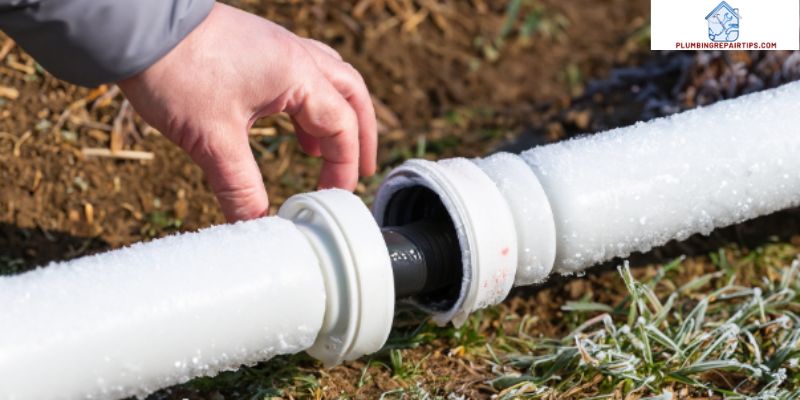
A. Safe methods to thaw a frozen drain pipe
When tackling a frozen drain pipe, safety should be a top priority. Here are some safe methods to consider:
- Warm water treatment: Start by boiling water and carefully pouring it down the drain. The warm water can gradually melt the ice and restore the flow. Remember to use hot water cautiously and avoid splashing or scalding yourself.
- Heat lamps or space heaters: Positioning heat lamps or space heaters near the affected pipe can help thaw the ice. However, exercise caution to avoid fire hazards and ensure proper ventilation in the area.
- Heat tape or cables: Investing in heat tape or cables specifically designed for frozen pipes can be a wise choice. Wrap them around the frozen section and let them gradually thaw the ice. Be sure to follow the manufacturer’s instructions for safe usage.
B. DIY techniques for thawing a drain pipe
For the resourceful DIY enthusiasts out there, here are a few techniques to try:
- Hairdryer: Grab your trusty hairdryer and set it on the lowest heat setting. Slowly move it along the frozen pipe, applying gentle heat to thaw the ice. Remember to use an outlet with a Ground Fault Circuit Interrupter (GFCI) for added safety.
- Hot towels or heating pads: Soak towels in hot water or use heating pads, then wrap them around the frozen pipe. The heat will gradually penetrate and melt the ice. Ensure the towels or pads are securely fastened to maintain optimal contact.
C. Professional assistance for severe cases
In more severe cases or if you lack the necessary tools or expertise, don’t hesitate to seek professional assistance. Licensed plumbers possess the knowledge, experience, and specialized equipment to thaw a frozen drain pipe safely and efficiently. They can also identify any underlying issues contributing to the freezing, preventing future occurrences.
Remember, when dealing with a frozen drain pipe, it’s important to exercise caution and choose the method that suits your comfort level and the severity of the situation. Stay tuned for Section 5, where we’ll explore common mistakes to avoid when dealing with a frozen drain pipe.
Conclusion
Congratulations on reaching the end of our journey through the world of frozen drain pipes! By now, you have gained valuable insights into the causes, signs, prevention, and thawing techniques associated with this common plumbing issue. Remember, taking proactive measures is key to maintaining a smoothly running plumbing system and avoiding costly repairs.
A. Importance of taking preventive measures
Prevention is always better than cure, and this holds true for frozen drain pipes as well. By insulating exposed pipes, performing regular maintenance, and using heating cables or tape, you can significantly reduce the risk of your drains freezing during frigid winters. Don’t wait for a problem to arise; be proactive and safeguard your plumbing system.
B. Quick tips for dealing with a frozen drain pipe
In case you do encounter a frozen drain pipe, here are a few quick tips to help you navigate the situation. Firstly, resist the temptation to use excessive heat sources like blowtorches or open flames, as they can cause damage to your pipes. Instead, opt for safer thawing methods such as using warm towels or a hairdryer on low heat.
C. Encouragement to seek professional assistance if necessary
While some frozen drain pipe issues can be resolved with DIY techniques, it’s essential to recognize when professional help is needed. If your attempts to thaw the pipe fail or if you suspect underlying plumbing issues, it’s best to reach out to a licensed plumber. Their expertise and experience can ensure a thorough and effective resolution, saving you from potential complications down the line.
Remember, plumbingrepairtips.com is here to support you every step of the way. We hope this guide has equipped you with the knowledge and confidence to tackle frozen drain pipe problems head-on. Stay proactive, stay informed, and let’s keep those drains flowing smoothly!
Thank you for joining me on this informative journey. Until next time, take care and may your pipes always remain free from frosty encumbrances.
